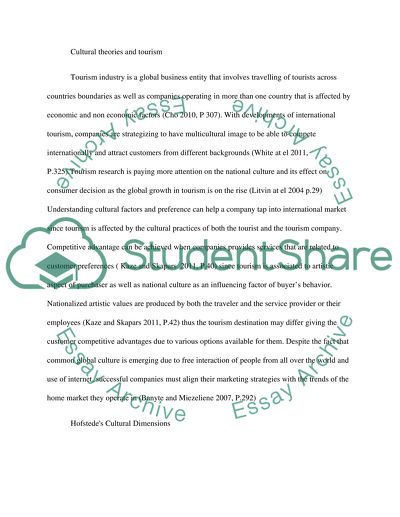Cite this document
(“International Hospitality Management Essay Example | Topics and Well Written Essays - 3000 words”, n.d.)
Retrieved from https://studentshare.org/tourism/1404301-international-hospitality-management
Retrieved from https://studentshare.org/tourism/1404301-international-hospitality-management
(International Hospitality Management Essay Example | Topics and Well Written Essays - 3000 Words)
https://studentshare.org/tourism/1404301-international-hospitality-management.
https://studentshare.org/tourism/1404301-international-hospitality-management.
“International Hospitality Management Essay Example | Topics and Well Written Essays - 3000 Words”, n.d. https://studentshare.org/tourism/1404301-international-hospitality-management.


